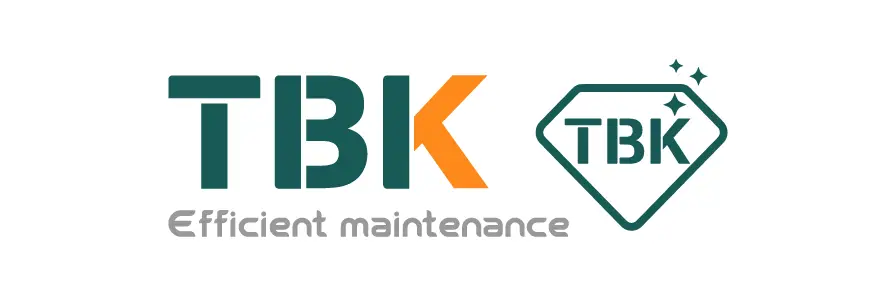A Technician's Guide to Laser Machines for iPhone X, 11, 12, and Newer Model Back Glass Repair
Understanding Laser Repair for Different iPhone Generations
The introduction of the glass back on the iPhone X set a new standard for smartphone design, but it also introduced a significant repair challenge. Since then, every new iPhone model—from the 11 and 12 series to the current 14 and 15 series—has iterated on this design. For repair shops, the key question is whether a single laser machine can handle the back glass replacement for all these different models.
The answer generally lies in the machine's software, precision, and adjustability. While the core technology is the same, the application varies by model.
Can One Laser Machine Handle All iPhone Models?
Yes, professional-grade back glass laser machines are designed to be versatile. Their ability to work across multiple iPhone generations, including the iPhone X, 11, 12, 13, 14, and 15, depends on three factors:
-
Adjustable Power and Speed: Different models may have slight variations in glass composition or adhesive strength, requiring fine-tuned laser settings.
-
Precise Focusing: The machine must be able to accurately focus the laser beam, especially when working around complex camera arrays.
-
Software and Drawing Files: This is the most critical component. The machine's software uses precise digital templates, or "drawing files," that map the exact areas to ablate (remove the glue) while avoiding sensitive components.
Key Considerations for Specific iPhone Models
While a single machine is capable, the technician must account for the unique characteristics of each iPhone series.
iPhone X, XR, and XS Series
These models were the first to require this type of repair. The process is well-established, but precision is still needed to avoid damaging the wireless charging coil located just beneath the glass.
iPhone 11 and 12 Series
The iPhone 11 series introduced new camera housing shapes, and the iPhone 12 series introduced the MagSafe ring.
-
Camera Arrays: The drawing files must be exact to work around the larger, more complex camera bumps.
-
MagSafe Components: Technicians must be aware of the MagSafe components in the iPhone 12 and newer models to ensure the laser does not affect the magnetic alignment system.
iPhone 13, 14, and 15 Series
These recent models feature the largest and most advanced camera systems. The primary challenge is the proximity of the laser path to these sensitive, high-value components. The software files used must be flawless, and the machine's alignment must be perfect.
The Role of Software and Integrated Systems
The efficiency of repairing an iPhone X or an iPhone 14 back glass with a laser relies heavily on the machine's software. Technicians need access to an updated and accurate library of drawing files.
Systems that streamline this process are highly beneficial. For example, some all-in-one solutions, such as the TBK-958A, integrate a computer directly into the machine. This allows for an extensive, pre-loaded library of files to be included, covering a wide range of phone models. The user can simply select the correct iPhone model from the software, and the machine loads the appropriate template and parameters, simplifying the workflow and reducing the risk of human error.
Example Laser Parameters for iPhone Back Glass (Illustrative)
Note: These values are for illustration only. Always refer to the specific guidelines provided by your machine's manufacturer and software. Settings can vary based on machine power and specific model.
| iPhone Model Series | Example Power (Setting) | Example Speed (mm/s) | Key Consideration |
| iPhone X / XS | 60% - 80% | 1000 - 1500 | Avoid wireless charging coil. |
| iPhone 11 Series | 60% - 80% | 1000 - 1500 | Precise file needed for camera bump. |
| iPhone 12 Series | 50% - 70% | 1200 - 1800 | Avoid MagSafe ring and 5G antenna areas. |
| iPhone 13 Series | 50% - 70% | 1200 - 1800 | Extremely precise file for large camera array. |
| iPhone 14 / 15 Series | 50% - 70% | 1500 - 2000 | Highest precision needed for camera and sensors. |
FAQs for Model-Specific Laser Repair
Q1: What are laser machine files for iPhone 12?
A1: These are digital (often .dwg or similar) templates used by the laser machine's software. They outline the exact path the laser must follow to ablate the adhesive under the back glass of an iPhone 12, with specific cutouts to protect the camera, MagSafe ring, and other internal components.
Q2: Are laser settings for iPhone X back glass different from an iPhone 14?
A2: Yes, they can be. While the general principle is the same, slight adjustments to power or speed may be recommended. This can be due to minor differences in glass thickness, adhesive formulas, or the proximity of sensitive components, like the larger camera block on the iPhone 14.
Q3: Can a single laser machine be used for iPhone 14 Pro Max back glass?
A3: Yes, a professional laser machine that is compatible with newer models can handle the iPhone 14 Pro Max. Success depends on the machine having the correct, high-precision drawing file for that specific model to navigate its large and complex camera system safely.






























